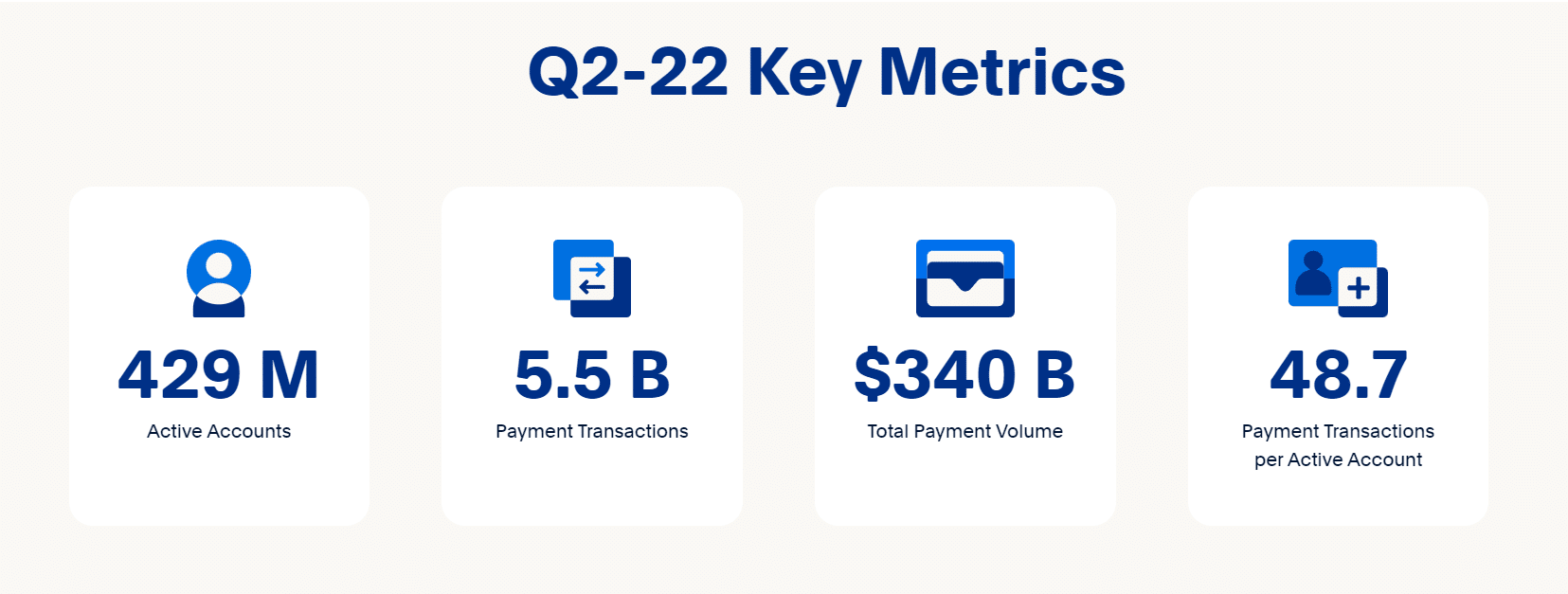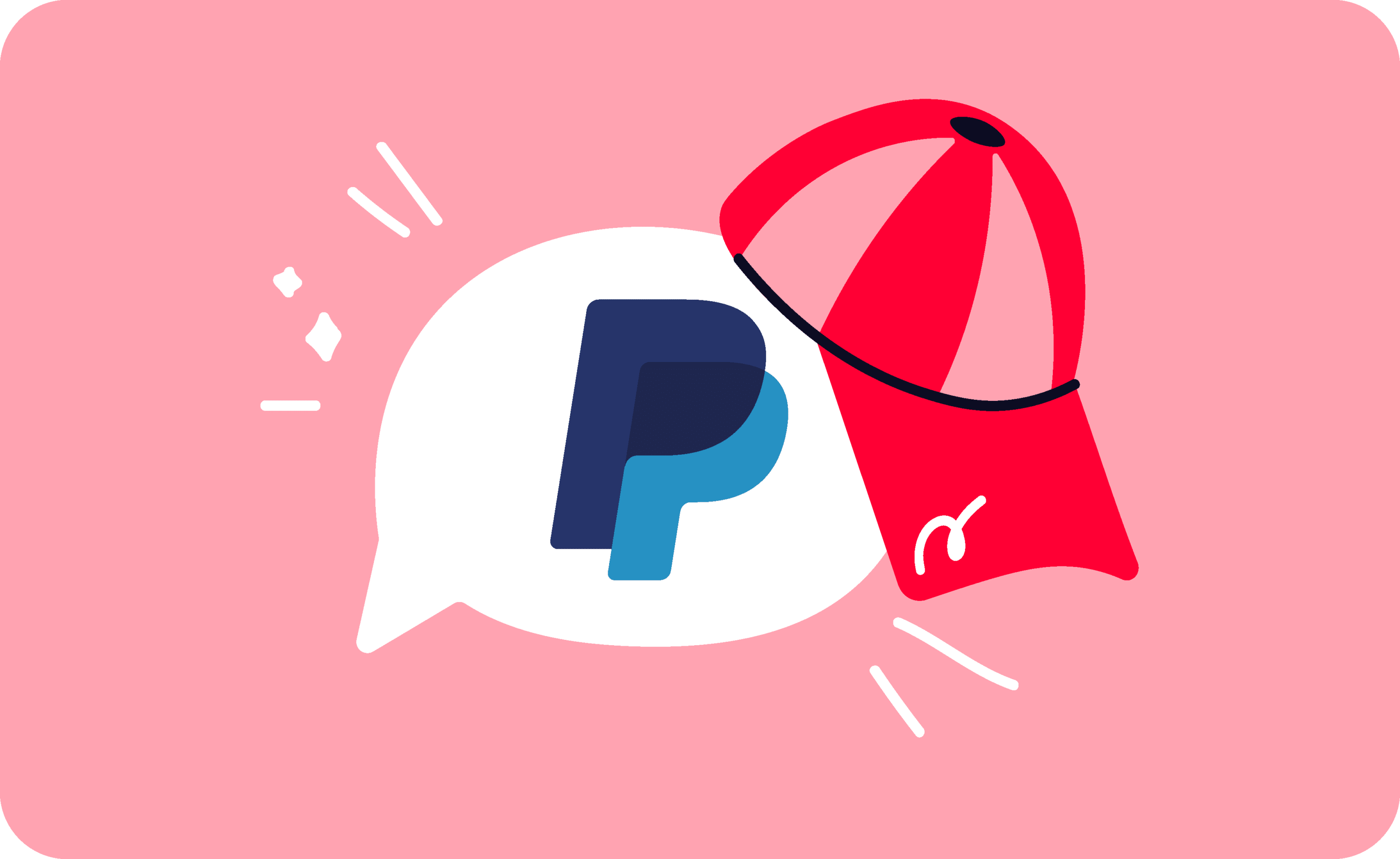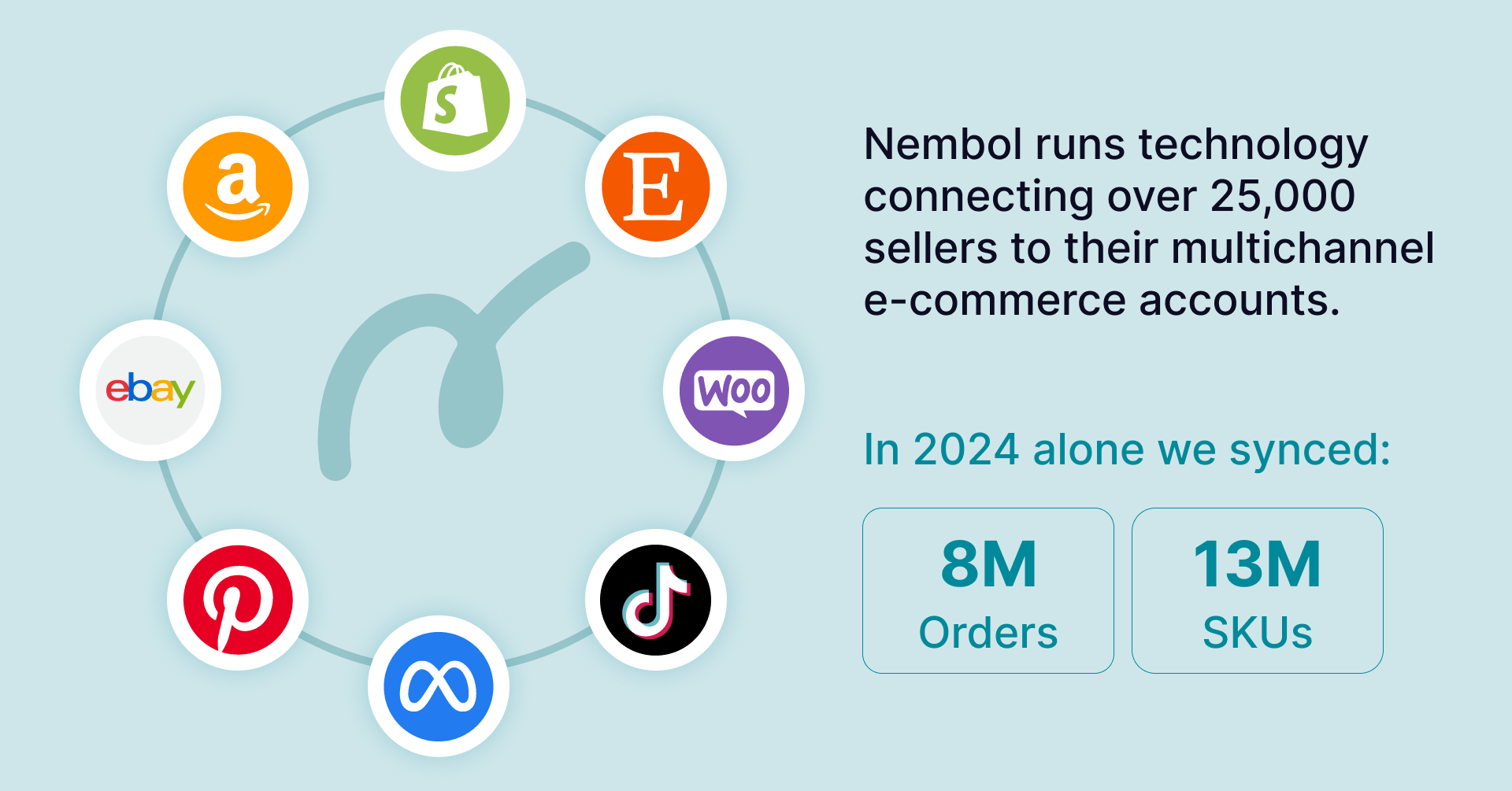Last update November 10, 2023
Overview
As a retailer, you’ve probably already heard of PayPal: the multinational online payment system used all around the world! With Paypal, people transfer money to “family and friends” or to buy “goods and services,” buy online from basically any type of products: clothes, facilities, cinema tickets, flights, and whatever can be bought online with a fingertip.
As you can already imagine, selling with PayPal can be a winning strategy. But does it really meet the needs of your business? What are the pros and cons of selling on PayPal? And, last but not least, should it be integrated into your website?
Keep reading this article to get answers to your questions!
Why sell with PayPal
As mentioned above, PayPal is a worldwide used payment system that allows its users to:
- Get instant payments while selling online
- Make digital payments, buy things online with a fast 3-second checkout
- Transfer and receive money across the world
- Pay bills, make donations, and even pay in installments for purchases above 30$
In only six months, via PayPal have been performed 5.5 billion transactions, and it is currently used by about 426 million people. But why has it become so popular?
Besides its user-friendliness and responsiveness, PayPal has become popular because of its trustworthiness!
Recent studies have shown that 69% of online shoppers in the US feel more secure buying from merchants that have PayPal. That’s the result of PayPal’s security system and great customer protection policy., and it has made its way into the world of e-commerce mostly thanks to this peculiarity:
- It allows paying or transferring money without sharing any sensitive data of your credit card.
- It secures accounts from it provides end-to-end data encryption and two-factor authentications
- It even provides buyer protection.
That’s why using PayPal is a popular choice among users, as it is perceived as a reliable payment method, easy to use, and doesn’t require entering any payment credentials.


PayPal pros and cons
Of course, PayPal data speak for themselves: it’s a popular service, both used by buyers and merchants all over the world. However, like every tool on the market, it has its pros and drawbacks, which need to be evaluated before deciding to use it.
So what are the pros/cons of PayPal and is it worth it for your business?
PayPal Pros
- Mobile optimized: our clients will be able to purchase from their phone, which increases willingness to pay and, therefore, sales.
- Easy to understand: great interface and fast checkout process. With PayPal, you have everything at your fingertips, and with a few clicks you can transfer money, issue payments, ask for payments, perform banking transactions.
- Fast transitions: PayPal takes less than 5 min from the moment person clicks buy to the moment you receive this payment.
- Works with multiple currencies: with a built-in conversion system, you can send and receive money from different countries in different currencies (paying an additional fee of course).
- Secure: it doesn’t share sensitive payment details. Both buyers and merchants are secured by PayPal.
PayPal Cons:
- Customer support: there are many complains about poor customer support, which may be a consequences of big growth popularity across the globe.
- No offline payment processing: to use PayPal, you need to be always connected to a Wi-Fi or cellular data. Moreover, there’s still no option for generating a digital card to pay in physical stores. Meaning that you can only spend online the money that are in your PayPal wallet.
- Withdrawing takes time: when it comes to withdrawing your money, you have two options:
a) Pay a fee for an instant withdrawal, b) Wait for a few days. - Expensive for international payments: this is the main disadvantage of using the PayPal system as a merchant. There are several fees charged at each step: fixed fee, percentage fee, currency conversion fee.
- Limited inventory features: inventory management tools in PayPal Zettle are limited and ideal only if you don’t have a large volume of products. You can perform bulk actions, but you can only add up to three variant options, and PayPal does not allow you to create kits, build menu items, or manage your vendor list. But the good news here is that we have a solution for you in the end of this article. Keep reading to know more.
Additional merchant features to consider
As a small business, you may find it helpful to use Paypal since it allows you to:
- Handle invoicing
- Keep records of the transactions
- Do tax computations
- Sell on social
Applying the cost/benefit principle by weighing the pros vs the cons, we can definitively say that, despite the costly transaction fees, PayPal is something that can definitively help your business grow for the following videos:
- Increases your credibility and raises trust around your brand
- Allows you to receive Web payments
- Online invoicing
- Supports mobile payments
- Great for omnichannel.
Learn how to sell multichannel: get free education, tips, and inspiration. Start growing your successful multichannel business.
By entering your email address, you accept our Privacy Policy and Terms of Use. Totally free. Unsubscribe at any time.
How you can sell with PayPal on your website?
PayPal e-commerce integration
When your customers go to checkout, the payment process can be done in many ways. You can create your own payment gateway or add a payment method from a well-known bank or gateway, which is probably the most convenient option for you and your customers.
Payment with PayPal means that the user can pay without sharing their banking details with you. It is a very safe and quick method and it inspires trust. That’s why it is important to include these payment options in your store’s checkout process.
But what if you sell on multiple channels?
If you’re an expert multichannel retailer or a newbie seller that wants to start selling on multiple online venues, you probably have your listings on different online channels: eBay, Amazon, Shopify, Etsy, you sell on Meta with Facebook Catalog, and Instagram. This is good, considering that cross-listing is a must-do and is one of the best strategies you can devise to boost your sales. But how do you go about adding PayPal?
Should you only rely on the channels’ accepted payment methods? Should you learn some coding in order to add it to your website?
We have a better solution for you: Easy Website, — an automatically generated hub with all your omnichannel products, free for all Nembol users.
Comparing Channels vs PayPal
Are you tired of sifting through the fees and hidden costs of different online marketplaces? Well, comparing the selling fees of popular platforms like Etsy, Amazon, eBay, and Paypal can give you an idea of how much you can save by selling through PayPal instead of getting paid directly on channels.
- Etsy charges a transaction fee of 6.5% of the total order amount in your designated listing currency, as well as Etsy Payments fees, which average around 4% + 0.30 cents per payment.
- Amazon’s sale-related fees range from 6% to 45% of each product’s selling price, with the average seller paying about 15%.
- eBay fees, which vary depending on the category, average around 12.9% of the price of the sale, plus $0.30 per order.
- On the other hand, Paypal charges a competitive 3.49% + fixed fee for commercial transactions (based on currency received), making it a great option for sellers looking to streamline their payment processing.
So, if you’re looking to start selling online and want to make sure you’re getting the best deal, be sure to weigh the fees of each platform before making your decision. And if you’re looking for a cost-effective and efficient way to process payments, selling through Paypal and the free Easy Website platform may be the way to go.
How does it work and how to start?
- Create your Nembol account
- Connect your channels: Etsy, eBay, Meta, and more
- Import your products
- Generate your Easy Website in one click
- Nembol will automatically connect your custom domain, and generate a website with all your imported products from multiple channels.
- Just a few clicks and boom: you’re ready to get paid through PayPal, avoiding channel selling fees!
Build trust around your brand, use Easy Website, use Paypal payment getaway, and avoid costly channel selling fees!
Try Nembol for free: enjoy a 14-day trial
No credit card required
Frequently Asked Questions
How does selling with PayPal work?
Selling with PayPal allows you to securely accept online payments from customers using their PayPal balance, credit card, or linked bank account. You can easily add a PayPal button to your website or integrate it through e-commerce platforms. Once a buyer pays, funds appear instantly in your PayPal account and can then be withdrawn to your bank.
What are the pros and cons of using PayPal for your business?
Pros: Instant payments, global reach, secure transactions, mobile optimization, and ease of use.
Cons: Transaction fees, limited offline options, delayed withdrawals, and limited inventory tools.
PayPal is an excellent payment solution for small to mid-sized e-commerce businesses looking for a reliable and global payment system.
Can I use PayPal to sell on platforms like Etsy, eBay or Amazon?
You can use PayPal to receive payments on platforms like eBay and Etsy, but not directly on Amazon, which uses its own payment system. On eBay, PayPal was once the primary payment method, but now sellers are enrolled in eBay’s Managed Payments, which still allows payouts to PayPal in some countries. One Etsy, PayPal is integrated into Etsy Payments, so buyers can pay via PayPal without needing a separate setup from seller
How much does PayPal charge per transaction?
PayPal typically charges 3.49% + a fixed fee per transaction for commercial payments, depending on the currency. Additional fees may apply for currency conversion or instant withdrawls
Can I integrate PayPal into my website without coding?
Absolutely! You can integrate PayPal into your website with no coding (Just using PayPal plugin) or by using platforms like Nembol’ Easy Website. Just connect, import your listing, and enable PayPal in one click.


